[ENG-SPN] Monastery of San Juan de Duero: an architectural poem in stone / Monasterio de San Juan de Duero: un poema arquitectónico en piedra

One of the most beautiful and relevant examples of that orientalization imported by the crusaders who served in the Holy Land and who contributed to further embellish the religious buildings of Western Romanesque Art until the middle or end of the century XII, when the new concepts of the new Gothic style, we find it in this surprising monastery of San Juan de Duero.
[Uno de los ejemplos más hermosos y relevantes de esa orientalización importada por los cruzados que sirvieron en Tierra Santa y que contribuyeron a embellecer aun más los edificios religiosos del Arte Románico de Occidente hasta mediados o finales del siglo XII, cuando comenzaron a surgir los nuevos conceptos del nuevo estilo gótico, lo encontramos en este sorprendente monasterio de San Juan de Duero].
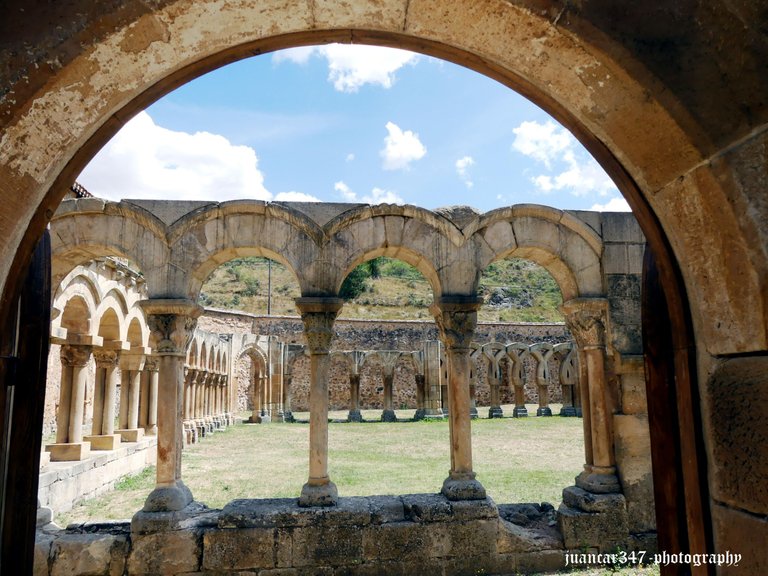
Located outside the city of Soria - a place where, more or less at the time of its construction, King Alfonso VIII married Princess Eleanor of Plantagenet, daughter of King Henry II of England and Eleanor of Aquitaine - on the shore right of the river Duero and just in front of a pelasgic hill of ancient Celtiberian cults, where the Sevillian writer and poet, Gustavo Adolfo Bécquer found the ideal setting for his terrifying legend 'El Monte de las Ánimas' (The Mound of the Souls), this ancient settlement of the Order of the Hospital of Saint John of Jerusalem, continues to arouse passions, both for its extraordinary beauty and for its nostalgic air of ancient mystery.
[Situado extramuros de la ciudad de Soria -lugar, donde más o menos por la época de su construcción, contrajo nupcias el rey Alfonso VIII con la princesa Leonor de Plantagenet, hija del rey Enrique II de Inglaterra y de Leonor de Aquitania- a la orilla derecha del río Duero y justo enfrente de un monte pelásgico de antiguos cultos celtíberos, donde el escritor y poeta sevillano, Gustavo Adolfo Bécquer encontró el escenario ideal para su terrorífica leyenda ‘El Monte de las Ánimas’, este antiguo asentamiento de la Orden del Hospital de San Juan de Jerusalén, continúa levantando pasiones, tanto por su extraordinaria belleza, como por su nostálgico aire de ancestral misterio].

In fact, although the church preserves the typical model of purely Romanesque religious architecture - except that in its case, the typical Chapels of the Epistle and the Gospel do not form the typical crossbar that gives the nave the current shape of a cross, but rather which are incorporated into it, forming two small and illustrated pavilions without protruding from the north and south sides of it - which until modern times has been considered as its cloister, make it a unique model in Spain, although there is another similar precedent, in the Italian city of Amalfi, the city of origin of the powerful merchant guild that founded the Order of the Hospital of Saint John in Jerusalem, a few years before the year 1118, in which its rival order, that of the Poor Knights, was created of Christ and the Temple of Solomon, popularly known as the Knights Templar.
[De hecho, si bien la iglesia conserva el modelo típico de la arquitectura religiosa netamente románica -salvo que en su caso, las típicas Capillas de la Epístola y del Evangelio no forman el típico travesaño que otorga a la nave la corriente forma de cruz, sino que se incorporan a ésta formando dos pequeños e ilustrados templetes sin sobresalir de los laterales norte y sur de ésta- lo que hasta tiempos modernos se ha considerado como su claustro, hacen de él un modelo único en España, si bien existe otro precedente similar, en la ciudad italiana de Amalfi, ciudad de origen de la poderosa cofradía de mercaderes que fundó en Jerusalén la Orden del Hospital de San Juan, unos pocos años antes del año 1118, en la que fue creada su orden rival, la de los Pobres Caballeros de Cristo y del Templo de Salomón, popularmente conocidos como los caballeros templarios].
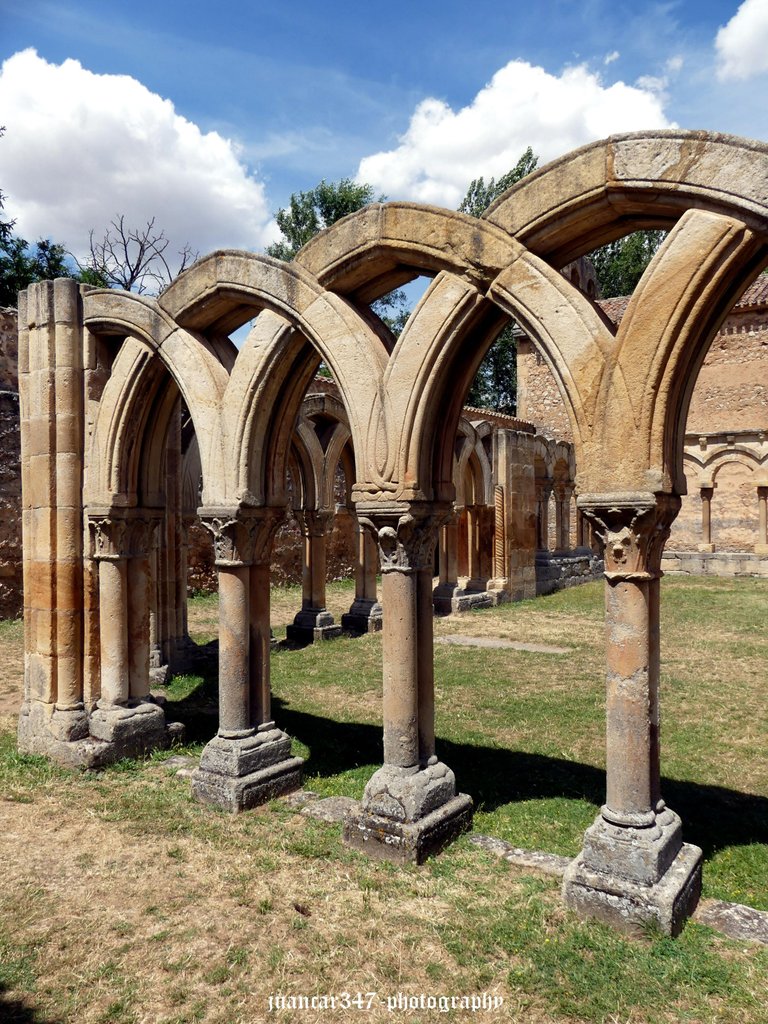
It seems true, although there is no historical evidence of it, that in the place where this monastery currently stands, the latter, the Knights Templar, had a small church dedicated to the figure of Saint Peter Ad Vincula, that is, to the figure legendary of Saint Peter Unchained: the one in which tradition affirms that he was freed from prison and from the chains to which he was subjected in the powerful city of Rome, by an angel.
[Cierto parece ser, aunque no queden evidencias históricas de ello, que en el lugar donde se eleva actualmente este monasterio, estos últimos, los caballeros templarios, tenían una pequeña iglesia dedicada a la figura de San Pedro Ad Vincula, es decir, a la figura legendaria de San Pedro Desencadenado: aquella en la que la tradición afirma que fue liberado de la prisión y de las cadenas a que se vio sometido en la poderosa ciudad de Roma, por un ángel].
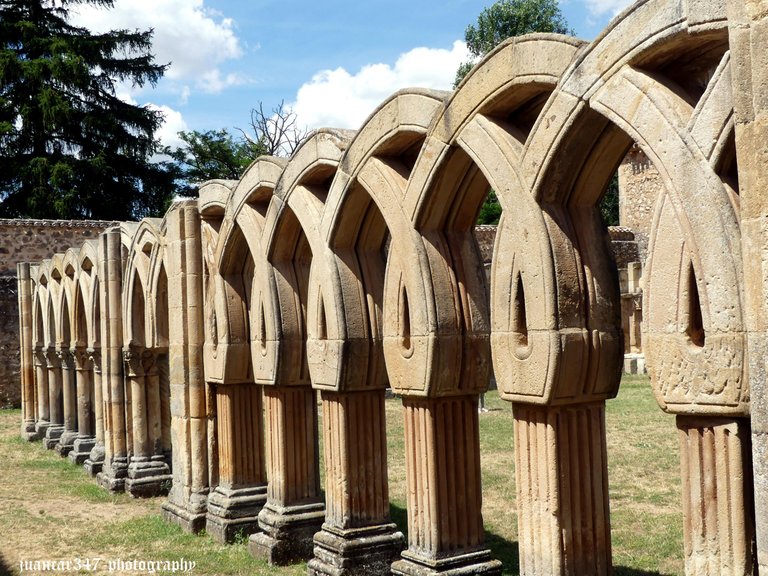
Moving away from these antecedents, which only intended to illustrate this humble post with a little more information and focusing on this true sacred fantasy made stone, we will observe that the motifs that make up these series of sacred geometry are totally different in each of the galleries displayed at the four cardinal points.
[Alejándonos de estos antecedentes, que sólo pretendían ilustrar con algo más de información este humilde post y centrándonos en esta verdadera fantasía sacra hecha piedra, observaremos que los motivos que conforman estas series de geometría sagrada, son totalmente diferentes en cada una de las galerías desplegadas a los cuatro puntos cardinales].
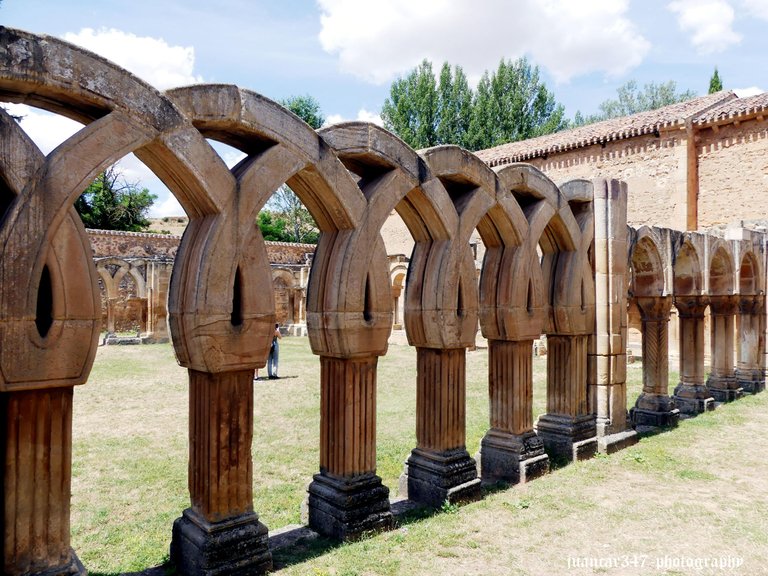
An interesting subsection may be to verify that precisely the model of interlaced arches that characterizes the gallery on the south side, served as a decorative model in numerous Romanesque baptismal fonts -and even in the altar that is located on the central room of the famous Segovian church called of the Vera Cruz, of which we will speak on another occasion- located, above all, in communities that make a natural border with Soria, such as Segovia, Guadalajara and Burgos.
[Un inciso interesante, puede ser constatar que precisamente el modelo de arcos entrelazados que caracteriza a la galería del lado sur, sirvió como modelo decorativo en numerosas pilas bautismales románicas -e incluso, en el altar que se encuentra sobre el habitáculo central de la famosa iglesia segoviana de la Vera Cruz, de la que hablaremos en otra ocasión- localizadas, sobre todo, en comunidades que hacen frontera natural con Soria, como son Segovia, Guadalajara y Burgos].

We also know that the interior part, where the grass now grows disorderly, served as a monastic cemetery and that also, in the exterior, it was part of the arcosolios added to the south wall of the church, just over a meter from the main entrance, there was some burial, probably of relevant characters, such as the grave of one of the abbots, who curiously keeps a chalice in his hands, which is located inside it.
[Sabemos, además, que la parte interior, allí donde ahora crece desordenada la hierba, sirvió como cementerio monacal y que también, en los exteriores, formando parte de los arcosolios añadidos al muro sur de la iglesia, a poco más de un metro de la entrada principal, hubo algún enterramiento, probablemente de personajes relevantes, como la sepultura de uno de los abades, que curiosamente mantiene un cáliz entre las manos, que se localiza en el interior de ésta].
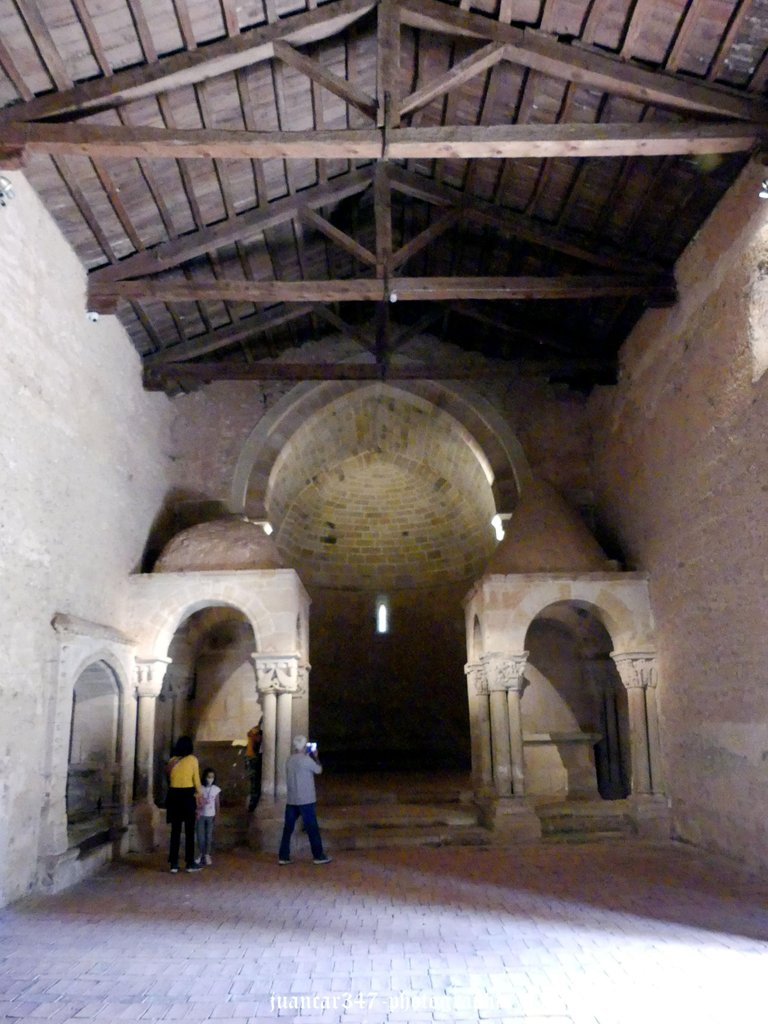
And here the detail arises, which would lead authors such as Javier Martínez de Aguirre, professor at the Complutense University of Madrid, to suggest whether we are actually in front of a monasterial cloister, as it is normally conceived or on the contrary, we find ourselves in front of an innovation carried out by the anonymous stonemasons, of probable Mudejar origin, who tried to make a personalized version of the famous ambulatory or Sepulchrum Domini that is located in the Holy Sepulcher of Jerusalem.
[Y aquí surge el detalle, que llevaría a sugerir, a autores como Javier Martínez de Aguirre, catedrático de la Universidad Complutense de Madrid, si en realidad estamos frente a un claustro monasterial, tal y como se concibe normalmente o por el contrario, nos encontramos frente a una innovación realizada por los anónimos canteros, de probable origen mudéjar, que pretendieron hacer una versión personalizada del famoso deambulatorio o Sepulchrum Domini que se localiza en el Santo Sepulcro de Jerusalén].
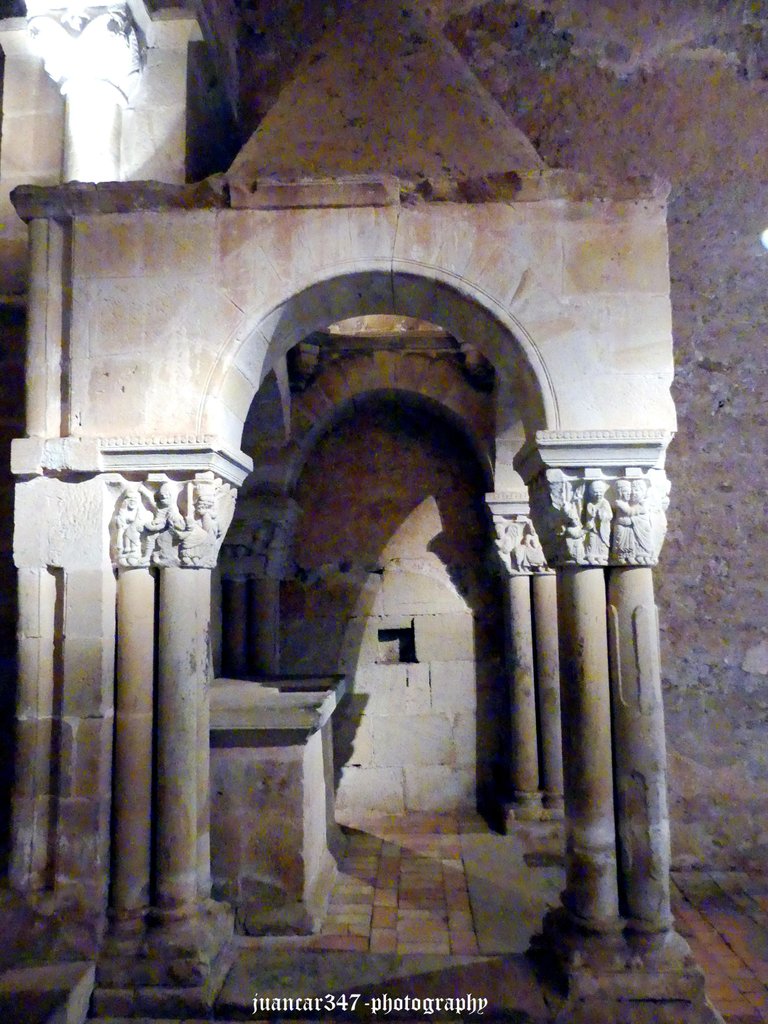
San Juan de Duero: Art, History, Beauty and Enigma.
[San Juan de Duero: Arte, Historia, Belleza y Enigma].
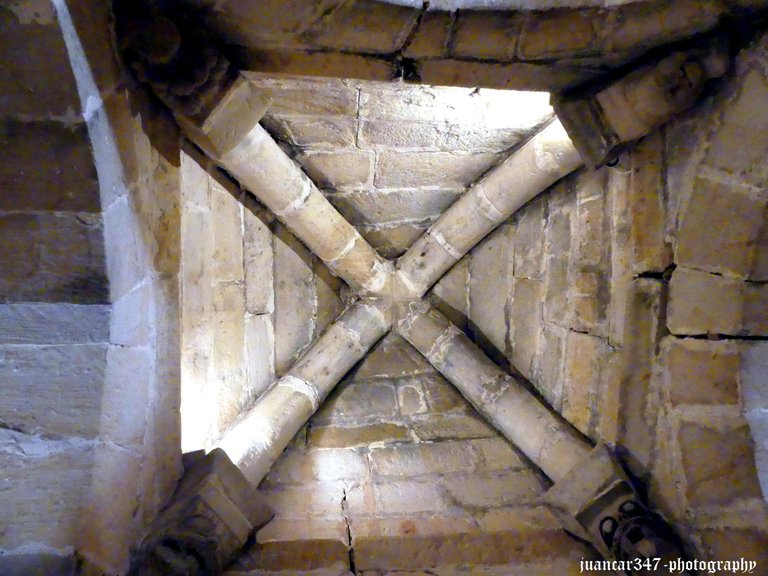
NOTICE: Both the text and the accompanying photographs are my exclusive intellectual property and therefore are subject to my Copyright.
AVISO: Tanto el texto, como las fotografías que lo acompañan, son de mi exclusiva propiedad intelectual y por lo tanto, están sujetos a mis Derechos de Autor.

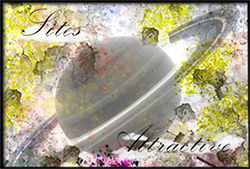



@tipu curate
Upvoted 👌 (Mana: 60/100) Liquid rewards.
Thanks
Thank-you very much
You're very welcome! @juancar347
https://twitter.com/juancar347/status/1430047740898287616
The rewards earned on this comment will go directly to the person sharing the post on Twitter as long as they are registered with @poshtoken. Sign up at https://hiveposh.com.
Dating back to Middle Ages, the monastery must be interesting. I would love to see those beautiful columns in architectonic shapes.
This type of construction, whose origins date back to the mid-12th century, in addition to its beauty, generally tend to involve emotions, so a visit is always highly recommended. This one, in particular, is unique, as I say, due to the design of its arches and due to other circumstances that I have more or less tried to detail in the post. Thank you very much for your comment and kind regards.
Este tipo de construcción, cuyos orígenes se remontan a mediados del siglo XII, además de su belleza, generalmente suelen implicar a las emociones, con lo que una visita resulta siempre muy recomendable. Este, en particular, es único, como digo, por el diseño de sus arcos y por otras circunstancias que más o menos he intentado detallar en el post. Muchas gracias por tu comentario y un cordial saludo.
Hello @juancar347. That unique building certainly is a remarkable remnant from a historical period that strategically influenced Spain's religious architecture. I'd agree that you can consider the Monastery of San Juan De Duero a creative visual expression of its original builders - being an architectural poem in stone due to the distinctive interlaced arches in its surrounding facade. What makes this model also peculiar is that it doesn't have a cross-shape nave that has was the typical defining element of previous styles of churches. Is this one of the major reasons why this ancient structure sports the new Gothic style? What are other basic features that support this radical style?
Actually, your question is interesting. The elements that make up the cloister, as well as the interior pavilions of the church, which would correspond to the chapels of the Epistle and the Gospel (rare in itself, although I have found them in other places in Spain) can be said which are clearly Romanesque. Another thing would be the church. Perhaps due to its height, it had Gothic connotations, but that could not be said either, because if you look at it, it does not show off its original ceiling, but a basically modern wooden coffered ceiling, because this place has a lot of history and in the 18th century with the so-called Confiscation de Mendizábal, it was evicted and left completely abandoned, becoming a stable, a warehouse and was also used by itinerant gypsy families as a living space. This makes it difficult to pronounce in this regard, although it is listed as Romanesque. There are other buildings, similar to the church (not the cloister or ambulatory) that were built at the beginning of the 13th century, and did use the techniques of the new Gothic style, being able to verify, especially in the height of the nave and the vaults, where , as Goethe said, 'its builders sought God in the heights'. The interesting thing, after all, is the question that is formulated at the end, based on the theory of professor Javier Martínez de Aguirre: cloister or ambulatory like the Sepulchrum Domini in Jerusalem? On the other hand, the origins of the Gothic continue to be very mysterious, although it is assumed that its origins were also the new techniques imported by the crusaders returning from the Holy Land and faced with questions that were difficult to answer (how did it arise? Where did it come from? , etc) historians generally tend not to complicate life, claiming that it arose spontaneously as a necessary resource to solve the obsolescence of Romanesque. Thank you very much for your comment and kind regards.
En realidad, tu pregunta es interesante. Los elementos que conforman el claustro, así como los templetes interiores de la iglesia, que corresponderían con las capillas de la Epístola y del Evangelio (raros ya de por sí, aunque me he encontrado con ellos en otros lugares de la geografía española) puede decirse que son netamente románicos. Otra cosa, sería la iglesia. Quizás por su altura, tuviera connotaciones góticas, pero eso tampoco podría decirse, porque si te fijas, no luce su techo original, sino un artesonado de madera básicamente moderno, pues este lugar, tiene mucha historia y en el siglo XVIII con la denominada Desamortización de Mendizábal, quedó desalojado y dejado a su completo abandono, pasando a ser establo, almacén y también lo utilizaron familias itinerantes de gitano como habitáculo. Esto hace difícil pronunciarse a ese respecto, aunque está catalogado como románico. Hay otros edificios, similares a la iglesia (que no al claustro o deambulatorio) que realizados a principios del siglo XIII, sí utilizan ya las técnicas del nuevo estilo gótico, pudiéndose comprobar, sobre todo en la altura de la nave y las bóvedas, donde, como decía Goethe, 'sus constructores buscaban a Dios en las alturas'. Lo interesante, después de todo, es la pregunta que se formula al final, basada en la teoría del catedrático Javier Martínez de Aguirre: ¿claustro o deambulatorio a manera del Sepulchrum Domini de Jerusalén?. Por otra parte, los orígenes del gótico continúan siendo muy misteriosos, si bien se supone que sus orígenes fueron también las nuevas técnicas importadas por los cruzados que regresaban de Tierra Santa y ante preguntas de difícil contestación (¿cómo surgió? ¿de dónde vino?, etc) los historiadores tienden generalmente a no complicarse la vida, alegando que surgió, diríase que espontáneamente como recurso necesario para solventar las obsolescencias del románico. Muchas gracias por tu comentario y un cordial saludo.
Indeed it’s simply interesting. That’s usually the case with ancient architecture that raises a lot of questionable theories instead of providing the answers in the form of actual evidence. Nevertheless, your post is truly exceptional and thank you for sharing this amazing narrative. Have a great week!
True, but that peculiarity is what pushes us to continue insisting, to continue studying and investigating, voluntarily allowing ourselves to be seduced by its mysterious charm. I also wish you an excellent week.
Cierto, pero esa peculiaridad es la que nos empuja a seguir insistiendo, a seguir estudiando e investigando, dejándonos voluntariamente seducir por su misterioso encanto. Yo también te deseo una excelente semana.
Hello friend @juancar347 I greet you from the Bolivarian Republic of Venezuela. As always your writing and photographs are exquisite, excellent. I congratulate you. Thank you for this interesting publication. I loved the model of intertwined arches that you show in your beautiful and detailed photographs. Receive a strong virtual hug full of blessings, positive energy and lots of light.
Thank you very much for your kind comment. It still amazes me the ability these anonymous stonemasons had, with the techniques and tools of the time, to make something so beautiful, so perfect and at the same time so complex, capable of lasting and surprising at the same time. An affectionate greeting
Muchas gracias por tu amable comentario. A mi todavía me sorprende la habilidad que tenían estos anónimos canteros, con las técnicas y herramientas de la época, para hacer algo tan hermoso, tan perfecto y a la vez tan complejo, capaz de perdurar y a la vez de sorprender. Un afectuoso saludo
Well done @juancar347! We're happy to inform you that this publication was specially curated and awarded RUNNER-UP in Architecture Brew #37. Congratulations!
Subscribe to Architecture+Design, an OCD incubated community on the Hive blockchain.
Thank-you very much
You're most welcome @juancar347 and stay awesome. Cheers!